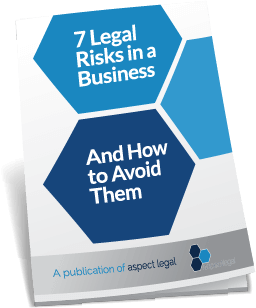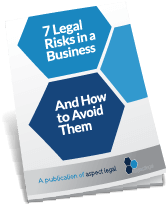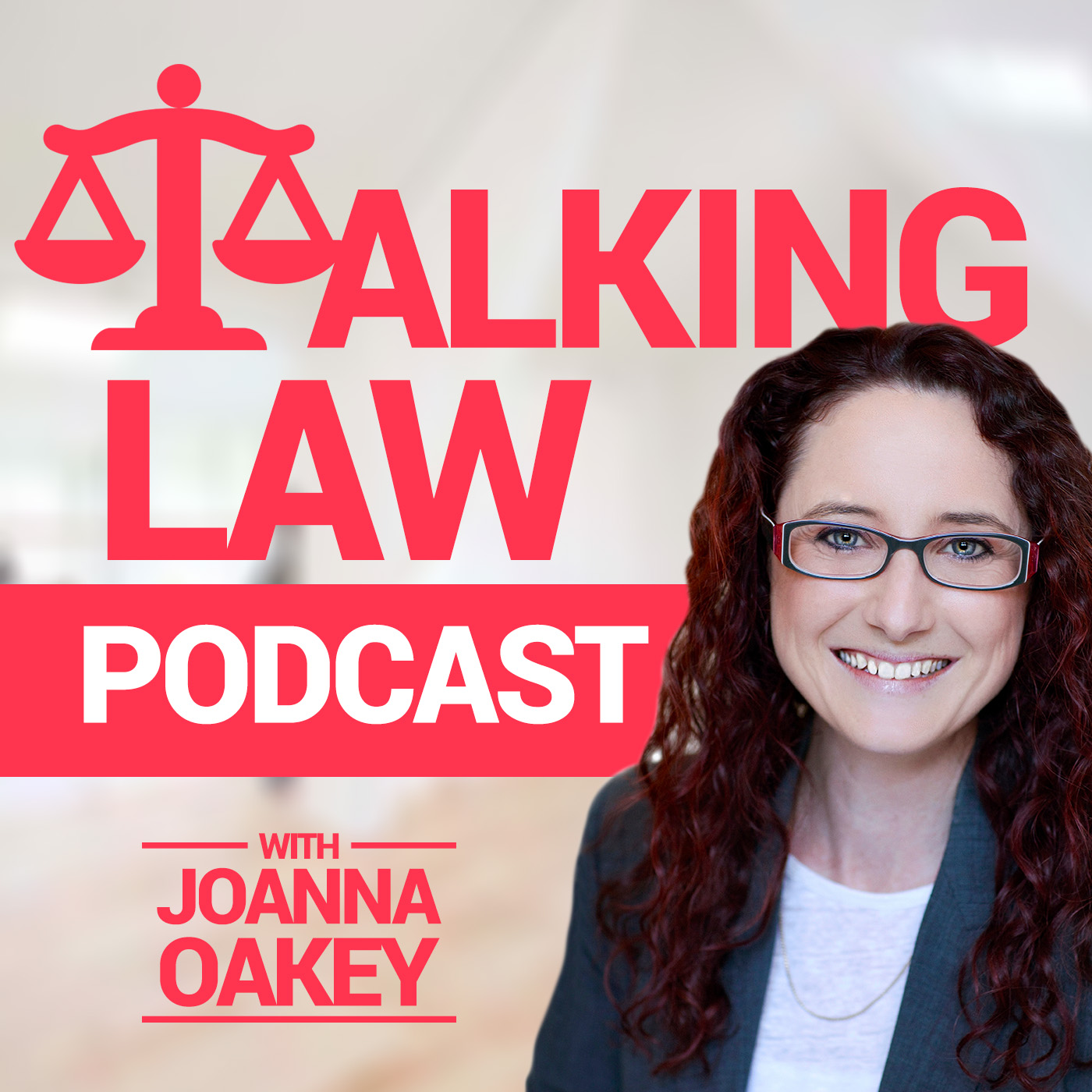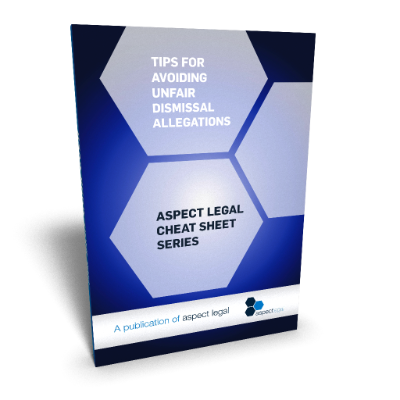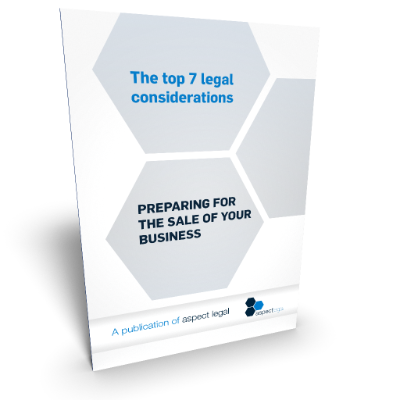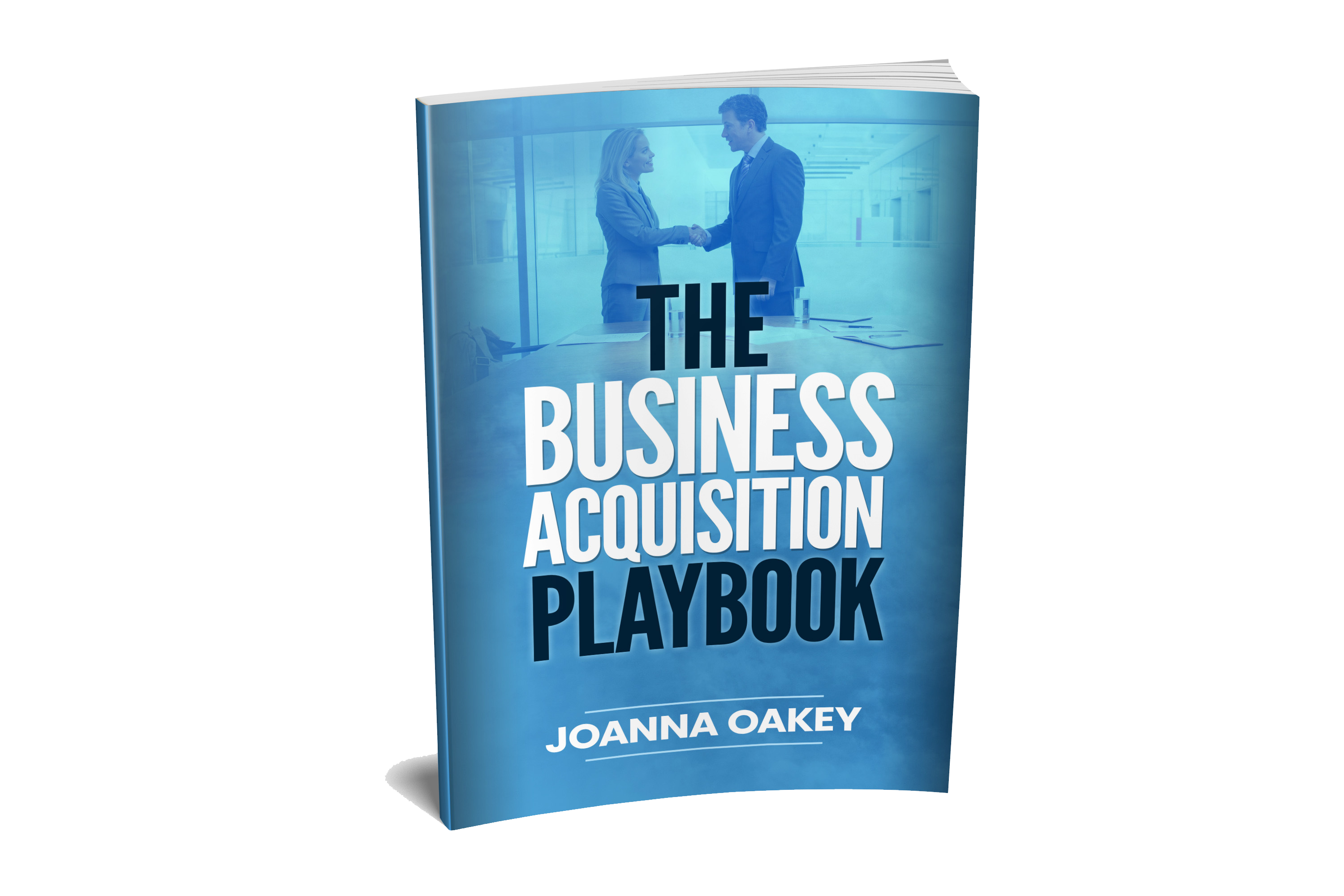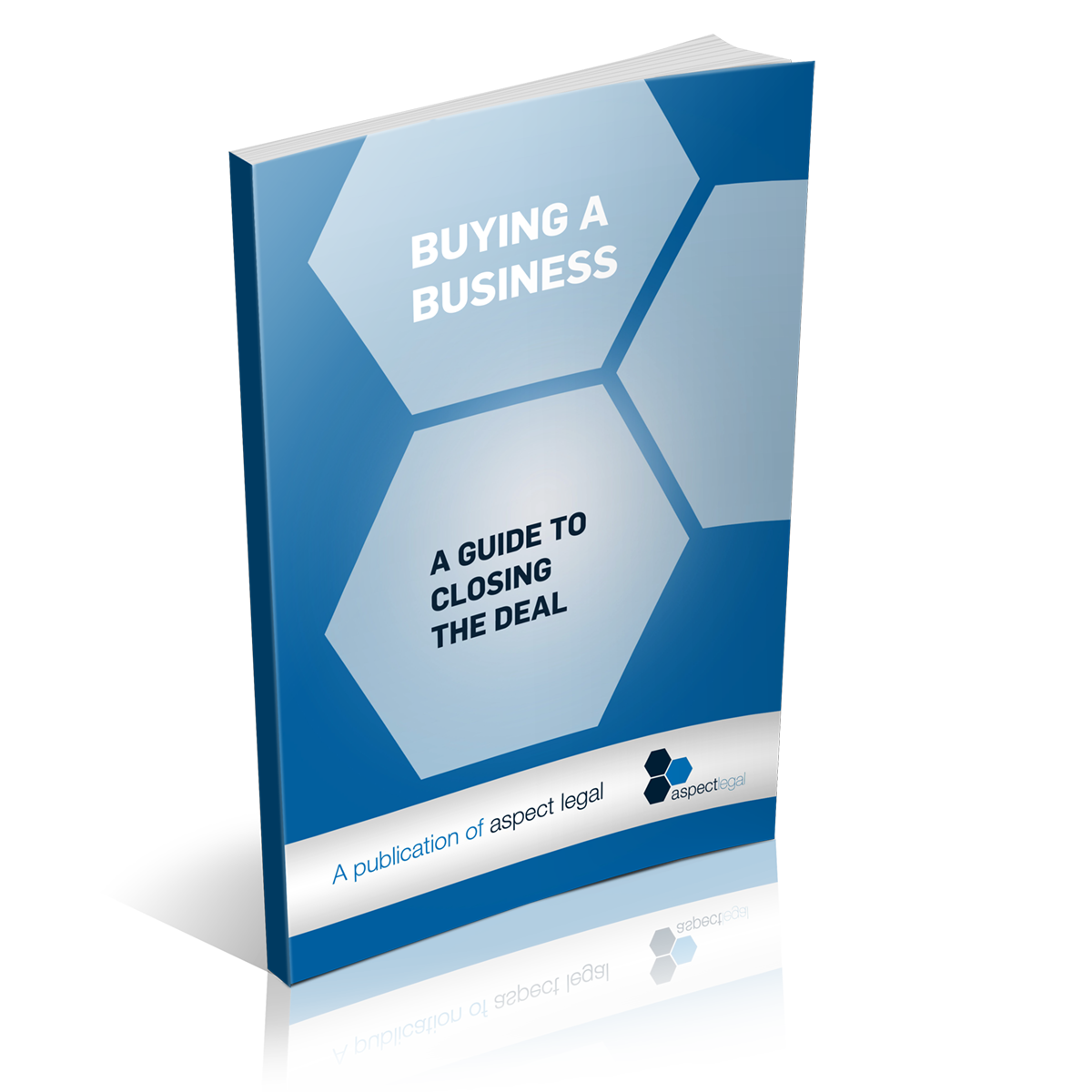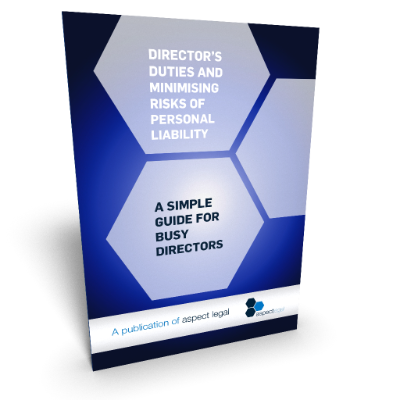Copyright ownership in work produced for clients is another area that we are approached about regularly by our marketing, design and branding industry clients. It’s a very common problem!
This issue can pop up in various forms. For example:
- If your client wants to use the ideas in a pitch or proposal you had created for them (whether or not they go ahead with the pitch/proposal)
- If your clients wish to take work you have produced for them and use it in ways not originally intended (for example with other businesses they run)
- If you want to use part of the work with another client (for example some components of website code you had created in the past before your dealings with this client).
This issue can sometimes have a “legal” answer and a “commercial” answer that may not necessarily match up.
From a legal perspective there is generally a strong argument to suggest that the underlying copyright is owned by the person/entity that created the works, with an implied licence being given to the client to which the works relate.
On the other hand, this position can very easily swing to the side of your client. For example, if your client argues that they were under the impression that they would own the underlying copyright, or if there is an industry pattern of clients taking copyright ownership in these sorts of works, your client might be successful in arguing that the underlying copyright is theirs.
The commercial reality, however, is that having an argument with a client (who pays your bills, might refer you work, and might continue to use you in the future) is never a happy situation, and one that we suggest should be actively avoided wherever possible. So sometimes it is irrelevant what the strict legal answer is, if at the end of a project your client’s view of copyright ownership is different to yours, you may just have to abandon a strict legal perspective and come up with a commercial resolution that preserves your client relationship.
How to avoid conflict
So what can you do to avoid argument in this area?
This kind of argument can be avoided if all parties are very clear on the rights and obligations from the start.
- Make sure your position is very clear. Make sure your terms and conditions are updated, and that they have been provided to all clients before you start work with them. Obviously these terms need to clearly cover copyright ownership – and what rights your clients have in the works you have created for them.
- Unify your documents. Make sure that all of your documents line up together. So for example, you might have a proposal document, a general terms and conditions document, and a work acceptance or sign off document. The proposal should specifically reference copyright ownership (particularly if your general terms are not provided to the client right from the original pitch). The general terms and conditions should have similar and consistent copyright ownership clauses. The acceptance/sign off should reference these terms.
- Don’t be shy. Don’t be concerned about discussing these things with your clients. The best way to avoid arguments is for both parties to know exactly what the expectation is from the other party about each of your rights and obligations in this relationship together. Informed parties are usually happy parties.
If you have any questions at all about this area, contact us at any time – we have lots of resources available for organisations involved in design and branding, and are always happy to help. Call us at 02 8006 0830 or email us at [email protected].
